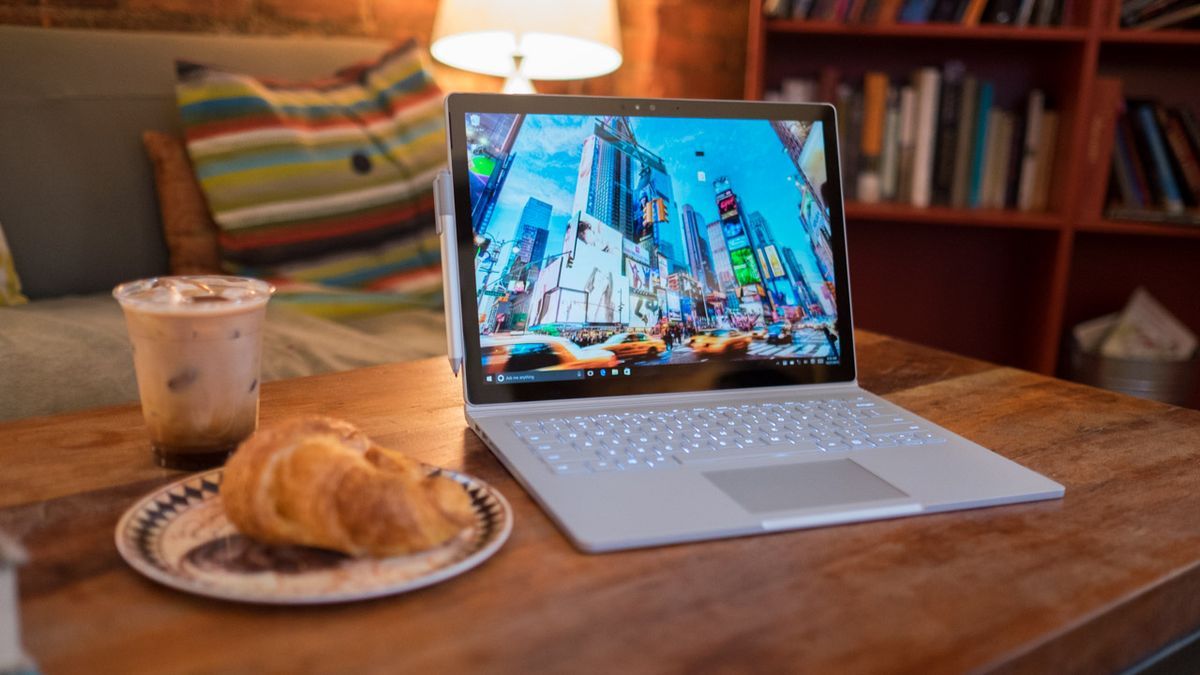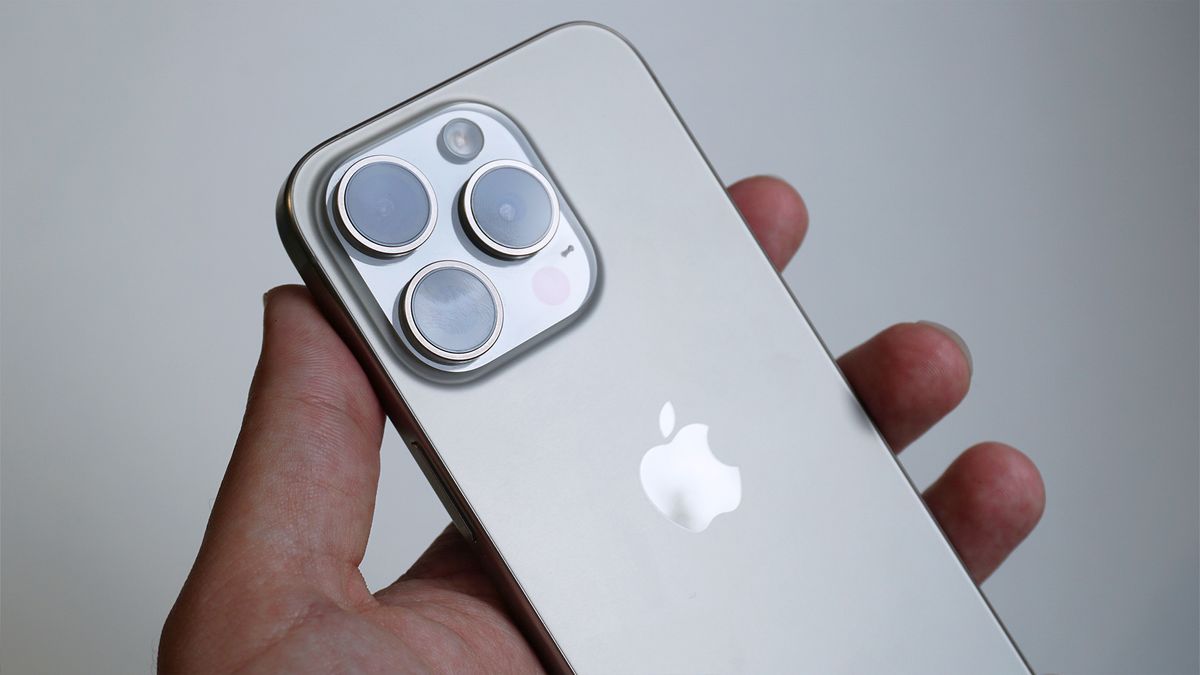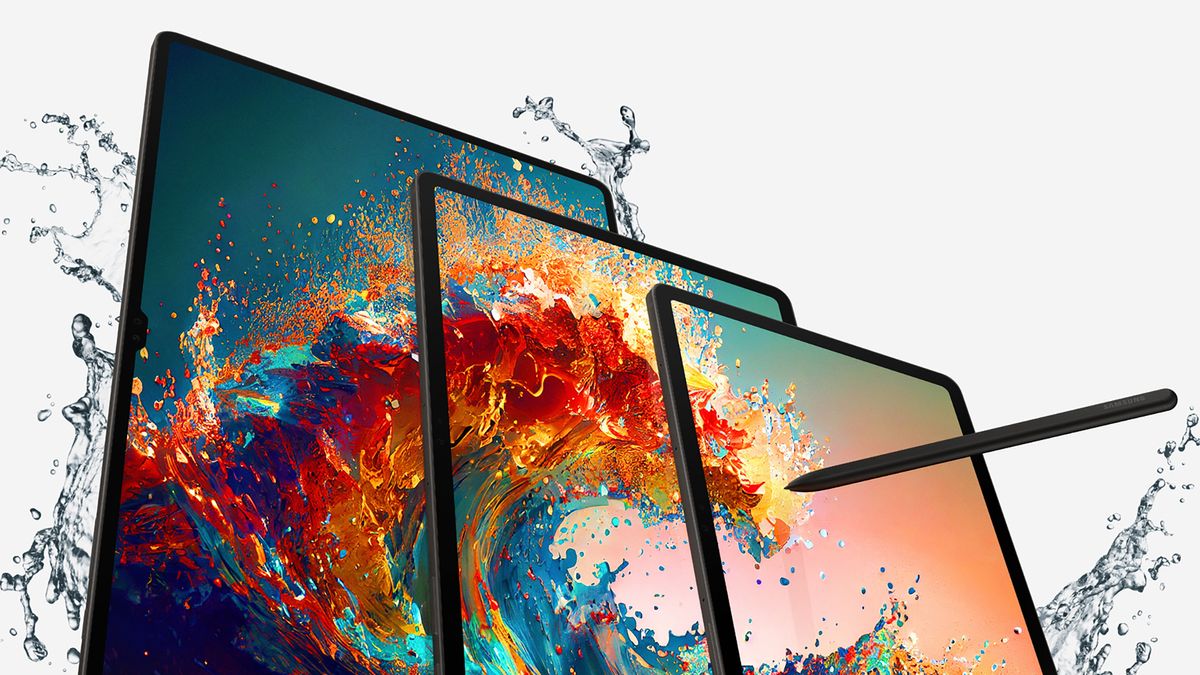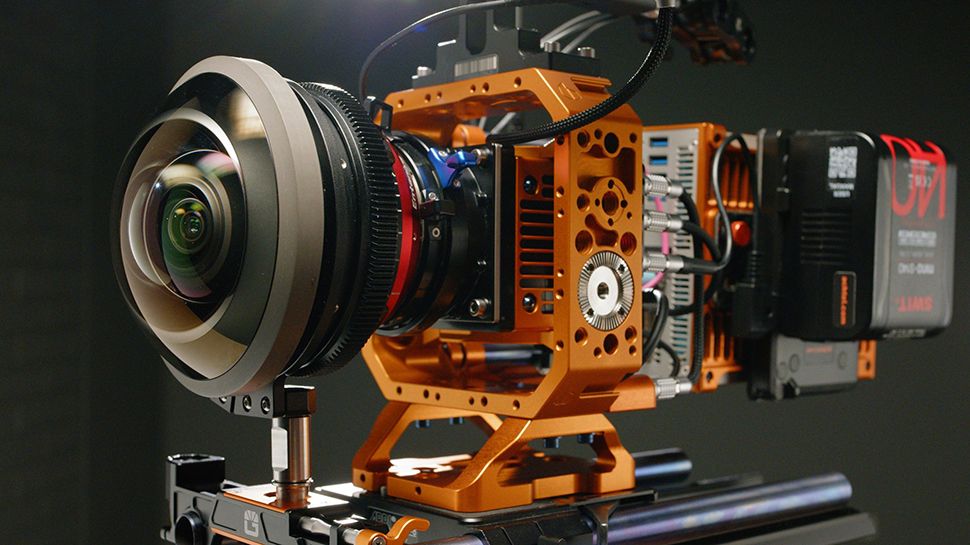New benchmark results have appeared online, apparently showing an upcoming Snapdragon
Qualcomm, the company behind Snapdragon chips, has been promising powerful yet efficient ARM-based computing chips for a while now. ARM's RISC chip architecture is an alternative to the x86 architecture used by Intel and AMD.
Because ARM chips consume less power and are more efficient than x86 chips, they were primarily used to power mobile devices like smartphones and tablets (and Qualcomm makes the vast majority of the chips used by those devices).
However, some laptop manufacturers have started releasing laptops with ARM chips, and this led Microsoft to release Windows 11 on ARM, a special version of the operating system that can run on ARM's RISC instruction sets (the commands that govern the operation of a CPU). at the transistor level).
While ARM-based laptops offered great potential (promising smartphone-like features such as fast boot times, instant resume, and long battery life compared to traditional Intel- or AMD-powered laptops), the reality was often much more disappointing. Laptops with ARM chips were often very expensive, less powerful than their x86 counterparts, and lacked compatible software. Users were limited to using ARM apps from the Microsoft Store, and the selection was often quite poor.
Basically, I've never reviewed an ARM-based Windows laptop that I would recommend to most people. However, while Microsoft and laptop makers were struggling to make ARM-based laptops worth buying, Apple came along and showed everyone how it's done; After its much-publicized departure from Intel, it launched new MacBooks in 2020 with its M1 chip, which uses the ARM architecture.
The M1 generation of MacBooks was a huge success and proved that you can have ARM laptops that rival Intel or AMD laptops in terms of performance, while also delivering on promises like long battery life. The success of the M1 MacBooks made ARM-based Windows laptops look even worse, and the gap only widened with Apple's release of its M2 and M3 chips.
Are new chips arriving?
However, this could finally change with some interesting (honest) looking benchmark leaks, as reported by Windows Latest. According to the website, new benchmark results have appeared on the Geekbench website, which have apparently been achieved by a currently unreleased Lenovo device, called the Lenovo 83ED.
According to these results, the Lenovo 83ED has a Snapdragon
It appears that this device scores 1,628 in Geekbench's single-core tests and 11,392 in its multi-core tests. These are pretty respectable numbers and surpass the multi-core scores of the M1 and M2 chips in the same tests that Windows Latest explains.
What's particularly interesting about its new leak is that it follows recently leaked benchmarks found on the Geekbench website for a device running a different Snapdragon X Elite chip with SKU number X1E80100. Apparently it also has 12 cores, but a higher clock speed of 4.012 Mhz.
This has led to speculation that Qualcomm is preparing more than one model of the Snapdragon X Elite chip, with the X1E80100 being a higher-end model that offers better performance. This is a similar approach to what Apple takes, as it has several different types of M1, M2, and M3 chips with different core counts that affect performance and price.
The top-end X1E80100 achieves a score of 2574 and 12562 in Geekbench's single-core and multi-core tests, respectively.
This is a decent increase, especially on a single core, and if accurate, suggests that this Snapdragon bit. He surpasses it with scores of 3,181 and 15,620 in the same tests.
Is it finally worth buying ARM laptops with Windows 11?
If these leaks are accurate, it could mean that Apple's MacBooks will finally have stiff competition from Windows 11 on ARM laptops. While the benchmark results only tell part of the story, the idea of new ARM chips appearing that could make Windows 11 run well on hardware is certainly exciting.
You only need to take a look at our guide to the best laptops to see it filled with plenty of MacBooks running on Apple's ARM silicon, while there isn't a single Windows 11 laptop running on ARM.
Could this change things? Perhaps, I would certainly like to see an ARM-based Windows 11 laptop that runs software as well as a MacBook, while also offering great battery life and fast startup times. Fast and secure built-in 5G connectivity would also be a great feature and could even give these laptops an edge over MacBooks that don't yet offer mobile data connectivity (you have to rely on WI-Fi).
However, there is still one big hurdle that Windows 11 on ARM devices must overcome: the lack of app compatibility. All that potential power won't be of much use if you can't run the apps you depend on.
Because the ARM architecture uses different instruction sets for x86, you can't simply run applications designed for the latter. App developers need to create new versions that can run on ARM hardware natively, and so far Microsoft hasn't done a good job of encouraging them to do so. This has led to something of a vicious cycle, as the lack of app support meant that Windows 11 on ARM devices wasn't popular, and that lack of popularity meant that many app developers didn't think it was worth committing resources to port. your applications to a platform that relatively few people use.
Therefore, Microsoft must ensure that anyone who switches to an ARM device running Windows 11 does not miss out on their favorite apps. One thing the company should do is analyze how Apple handled this. When the M1 Macs were first released, most of the native apps were created by Apple. However, you can still run apps designed for Intel-powered Macs thanks to a clever tool created by Apple called Rosetta 2. This acted as a compatibility layer that allowed Intel apps to run on M1 Macs with minimal performance impact. .
It worked like a charm and meant that people who opted for M1 MacBooks could continue to run virtually all the software they used. And, ever since M1 Macs became a huge hit, an increasing number of apps have gotten native M1 (and M2, and M3) versions. Today, the most popular apps will run natively on M3, rather than relying on Rosetta 2.
Microsoft is a company with a long history of software development, so I'm still confused as to why they haven't done something similar. While there are tools that can make Intel applications run on ARM on Windows, they lack the performance and ease of use of Apple's implementation. If these new Snapdragon









